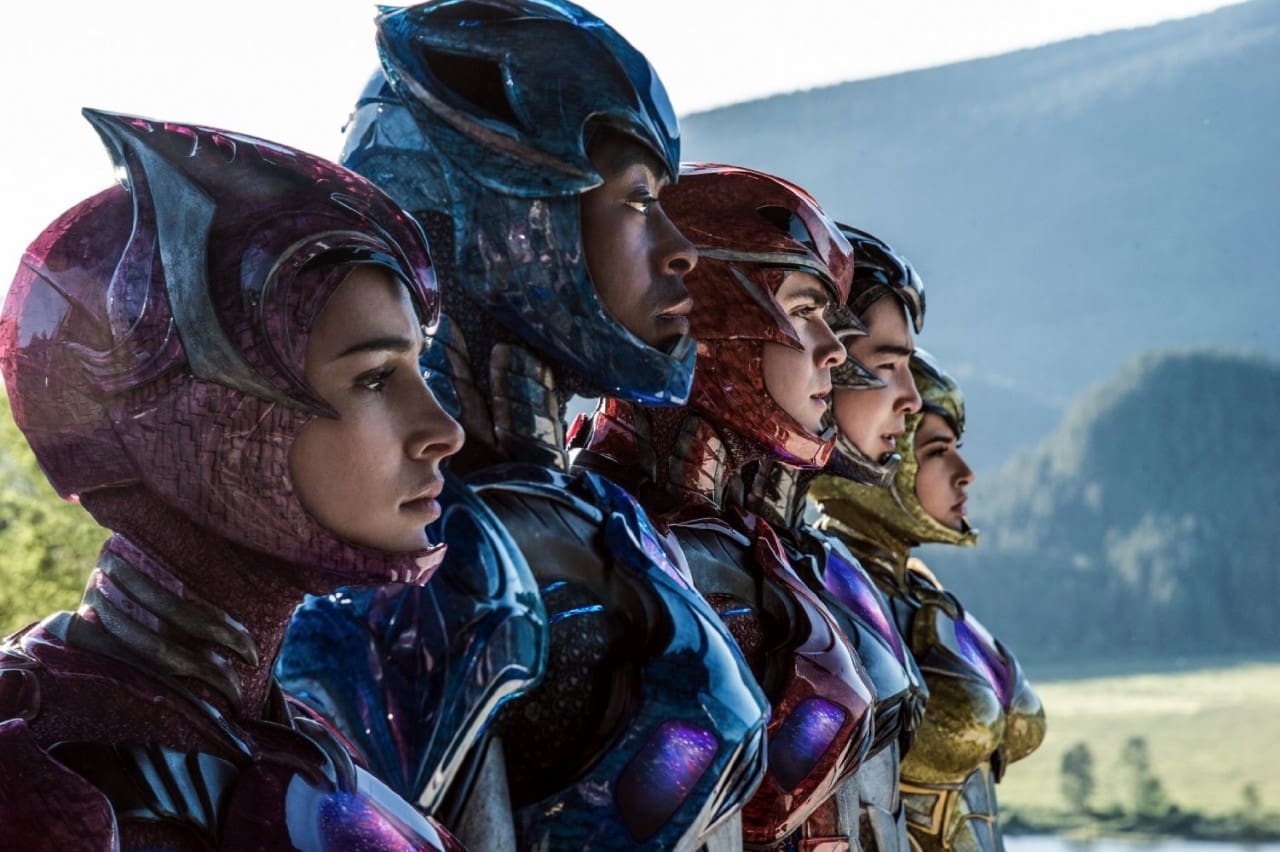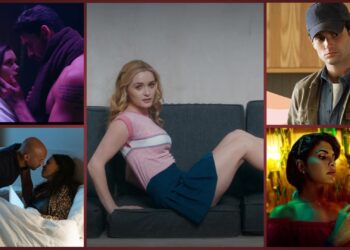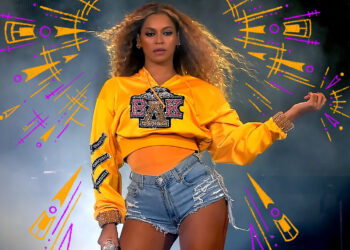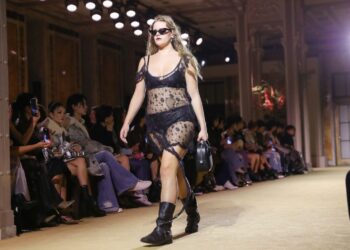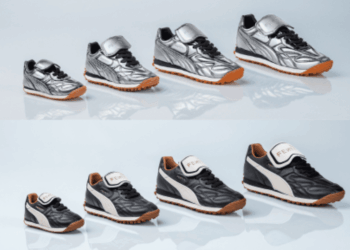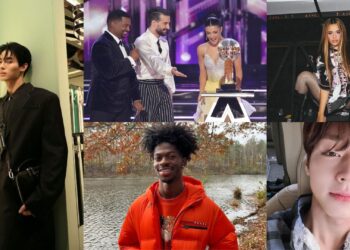There’s been a lot of buzz leading up to the premiere of Power Rangers.
Some were skeptical about the reboot, while others were excited to see an update to the show that was part of so many childhoods. Diversity of the characters also contributed to the chatter, featuring a racially diverse main cast and an LGBTQ-identified Yellow Ranger played by Becky G.
Though most thought the Yellow Ranger’s sexual identity was already a major step for representation, here’s another representation that tugs at our heart strings most – the Blue Ranger is actually a teen on the autism spectrum. By including this element of Billy’s character, Power Rangers committed to more than just the typically discussed forms of diversity by introducing an important team member who is a little different from his peers.
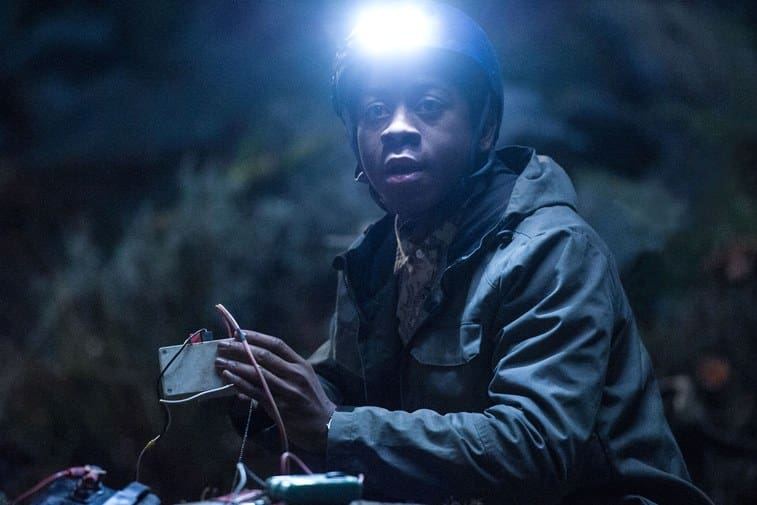
Some viewers have pointed out the intersectionality of Billy’s character, who is autistic and black. As Charles Pulliam-Moore at Fusion notes, portraying a character who’s both autistic and a person of color is significant because more often than not, people with autism are only depicted as white.
“What was important to us from the very beginning was to make sure this movie felt diverse,” movie director Dean Israelite tells Teen Vogue. “Not just diverse in terms of ethnicity, but diverse in terms of representing voices. We wanted to take a character like Billy and celebrate those abilities and manifest in a movie the idea that without Billy and without the qualities he has, this team would never be victorious.”
TBH, it feels like whether or not a lot of people enjoyed the film, this sort of visibility is super important for people with or without autism. The diagnoses of autism is so common (1 in 68 children are on the autism spectrum), and it’s fortunate that it’s finally getting some well-deserved visibility.
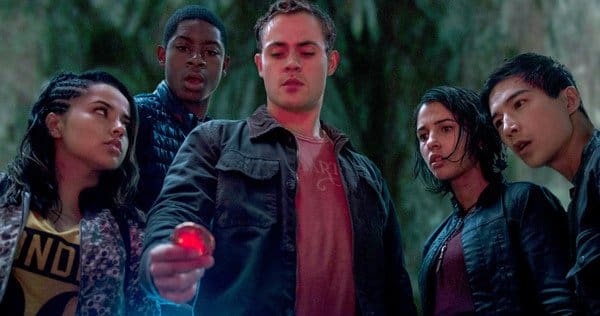
But thanks to characters like Billy the Blue Ranger (along with a new character on Sesame Street), it looks like entertainment is making more of a point of increasing visibility of people with autism on both the big and small screen.
In the movie, there’s a couple of signs that Billy’s autistic. For example, Billy’s seen perfectly lining up his colored pencils while in a classroom (being particular about the exact order and lining up certain objects is sometimes dubbed as a signifier). Later on when Billy’s doesn’t fully comprehend Red Ranger Jason’s jesting, sarcastic tone of voice, he just lets his friend know matter-of-factly that he’s on the spectrum and that he doesn’t get the joke.
Representing children and young people who have autism with the Blue Power Ranger has already proved to be valuable for those people living it. Becky G posted an emotional Instagram tribute that gave her brother Alex, who is living with autism, a shoutout because he was positively impacted by RJ’s character.
https://www.instagram.com/p/BRUtXEQjJea/
And people who have seen the movie have also posted on social media their feelings about the character.
https://twitter.com/KayCeeEliz/status/846150546868264960?ref_src=twsrc%5Etfw&ref_url=http%3A%2F%2Fwww.teenvogue.com%2Fstory%2Fpower-rangers-autistic-billy-blue-superhero
Bottom line: it’s not just one of the Rangers that can save the day. It takes a village when it comes to accepting who they truly are and embracing what makes them different to save the world. Having a giant Megazord kinda helps too.
[Source]

